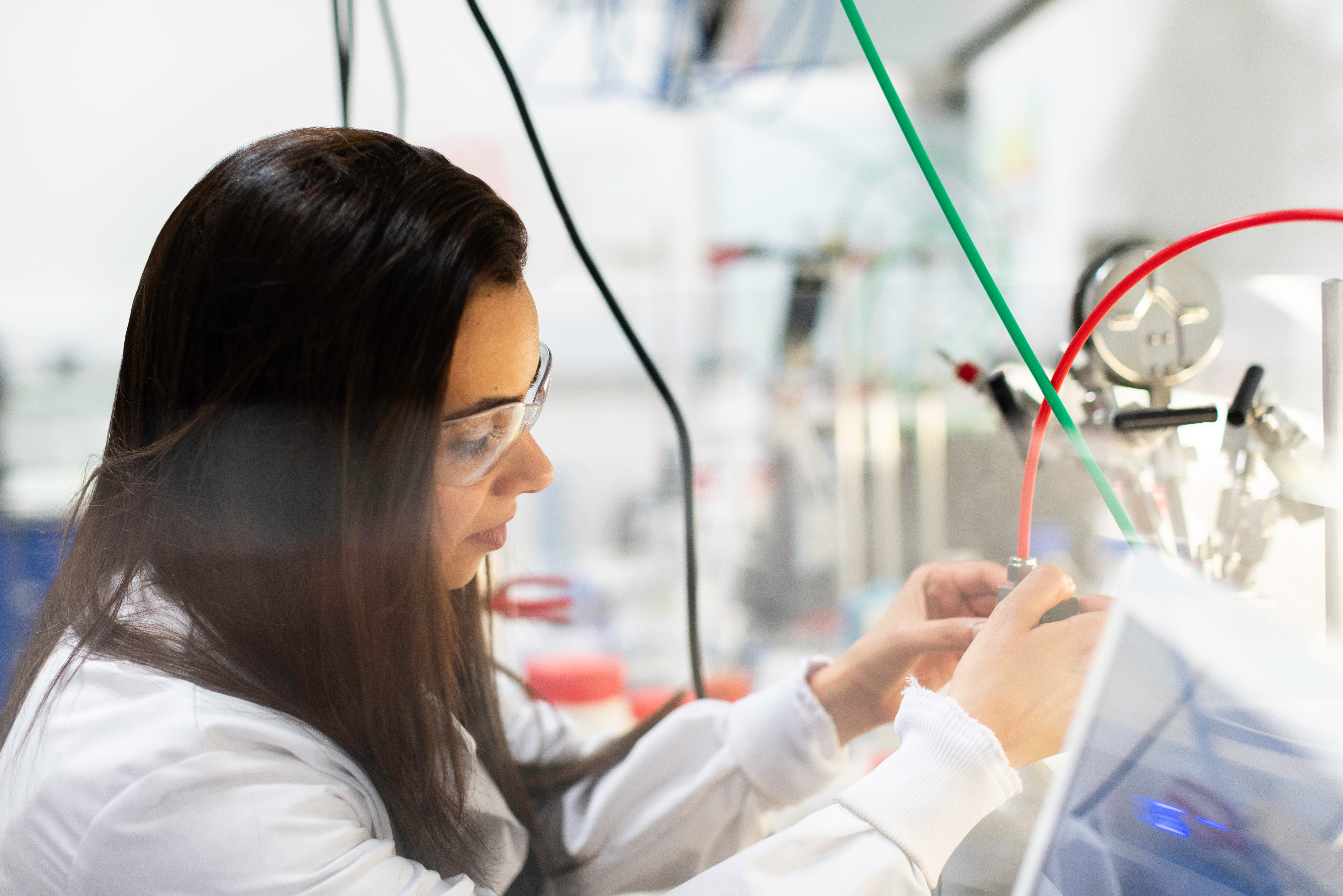“We still do not know one-thousandth of one percent of what nature has revealed to us.” — Albert Einstein
This quote demonstrates simply and perfectly how much nature has to offer the world in terms of beauty, scientific discoveries, and even healthcare solutions. Biomimicry, or the practice of learning from and mimicking natural processes in solving human design challenges, is the application of these offerings towards addressing real-world problems.
Biomimicry may have the potential to build immunities, cure illnesses, and prevent diseases with the right application. But getting there will take a dedication to natural studies in the classroom for students of all ages.
Biomimicry and Its Health Applications
A multitude of advancements have already taken place within the healthcare sector due to biomimicry. In fact, the study of natural processes has given rise to care solutions from antibiotics to pain-free injections and is vital in understanding the trajectory of new diseases like the novel coronavirus. By observing nature, we can better answer questions about our own bodies and how to treat them.
Biomimicry has played a major role in engineering across industries, with everything from Velcro to airplane design inspired by the shapes and functions of living things. In healthcare, biomimicry means the emulation of features found in plants and animals to provide both protection and treatment from illnesses and bacteria, as well as disease management.
Scientists are constantly improving in their ability to mimic nature on even a microscopic scale. Nanorobotics can replicate functions of cells, tissues, proteins, and more to fight off harmful infections within the body or restore particular functions. This extends even to the treatment of diseases like Alzheimer’s.
One study published in MDPI found that by incorporating the appropriate drugs into a biomimetic nanocarrier, receptors in the brain could be prevented from signaling cognitive decline. This could be used to treat and prevent diseases like Alzheimer’s, all because medical professionals were able to emulate the natural behavior of processes in the brain in a microscopic device.
This is just one of the many breakthroughs in the fight against Alzheimer’s disease, but it illustrates the potential of biomimicry to make a real difference in healthcare solutions. Mimicking the behavior of nature in tech, tools, and even nanorobots opens up a world of possibilities for treating diseases and saving lives.
With such incredible potential in breakthroughs like these in the healthcare sector, our schools should be implementing the power of nature in forward-thinking education programs.
Educating for Public Health
In the wake of the COVID-19 pandemic, it is more important than ever that we prepare not only for this health crisis, but the inevitable future pandemics to come. Nature, as Einstein said, has immeasurable potential to reveal solutions to human problems. By studying it, we can create groundbreaking innovations that span across industries, making real differences in the lives of human beings. In the future, treatments derived from nature could even help in fighting respiratory viruses like COVID-19 or perhaps creating entire systems designed to be as resilient as nature’s ecosystems.
Children exposed to the importance of nature and the power of biomimicry from a young age will be better inclined towards a lifetime of critical thinking and problem-solving skills inherent in experiential learning. Studying nature can be a connective, engaging experience, accessing a variety of developmental skills in students that promote teamwork, critical thinking skills, and reflection.
As students obtain a lifetime of illustrative examples of natural solutions, they will be better able to apply their experiences towards innovative care in the future. They can see, for example, how an unnoticed mosquito bite might translate into developments like painless needles, like those developed by a team of scientists out of Osaka, Japan.
Lifelong learning with nature at the forefront encourages creativity and innovation. For the future leaders of the world, biomimicry taught early on can translate to new approaches to all kinds of illnesses and health concerns.
The Power of Biomimicry in the Future of Healthcare
The power and influence of nature is overwhelming. In terms of health, being outdoors and observing the natural world for as little as two hours a week has been proven to provide a slew of benefits. These include:
- Mood improvements
- Enhanced physical health
- Greater cognitive functioning
With mental illness on the rise and many kept indoors during current shelter-in-place mandates, a reconnection with nature through understanding the power of biomimicry can have an immediate effect on public health—granted everyone socially distances and follows proper CDC guidelines.
Enough of the world’s thinkers connected to the power of nature will be able to spot solutions to all kinds of public health problems in the natural world. From a mosquito’s proboscis to the skin of a shark, healthcare innovations are waiting for us in the life all around us.
Biomimicry offers the potential to know more than just one-thousandth of one percent of what nature has to offer, making it a tool worth applying in our classrooms and clinics.
To get started in your 6-12 classroom, visit the Biomimicry Youth Design Challenge (YDC) curriculum at youthchallenge.biomimicry.org. Registration closes March 1 for this cycle, and if you’re an educator in need of more guidance for applying these concepts, register for this collaborative workshop happening February 24. You’ll have the opportunity to problem-solve individual challenges and navigate between small focus group conversations and large-group dialogue with other team coaches, experienced YDC educators, and Biomimicry Institute staff.
 Adrian Johansen loves to learn and share knowledge. You can find more of her writing on twitter and contently.
Adrian Johansen loves to learn and share knowledge. You can find more of her writing on twitter and contently.

